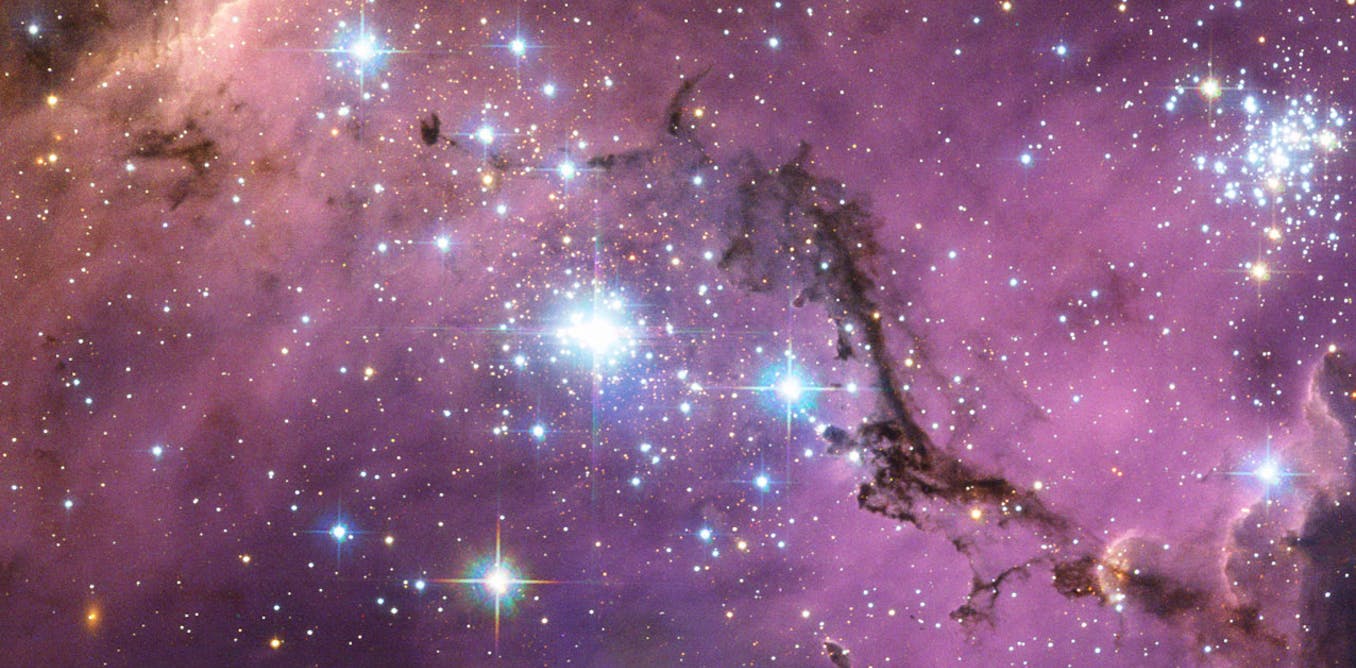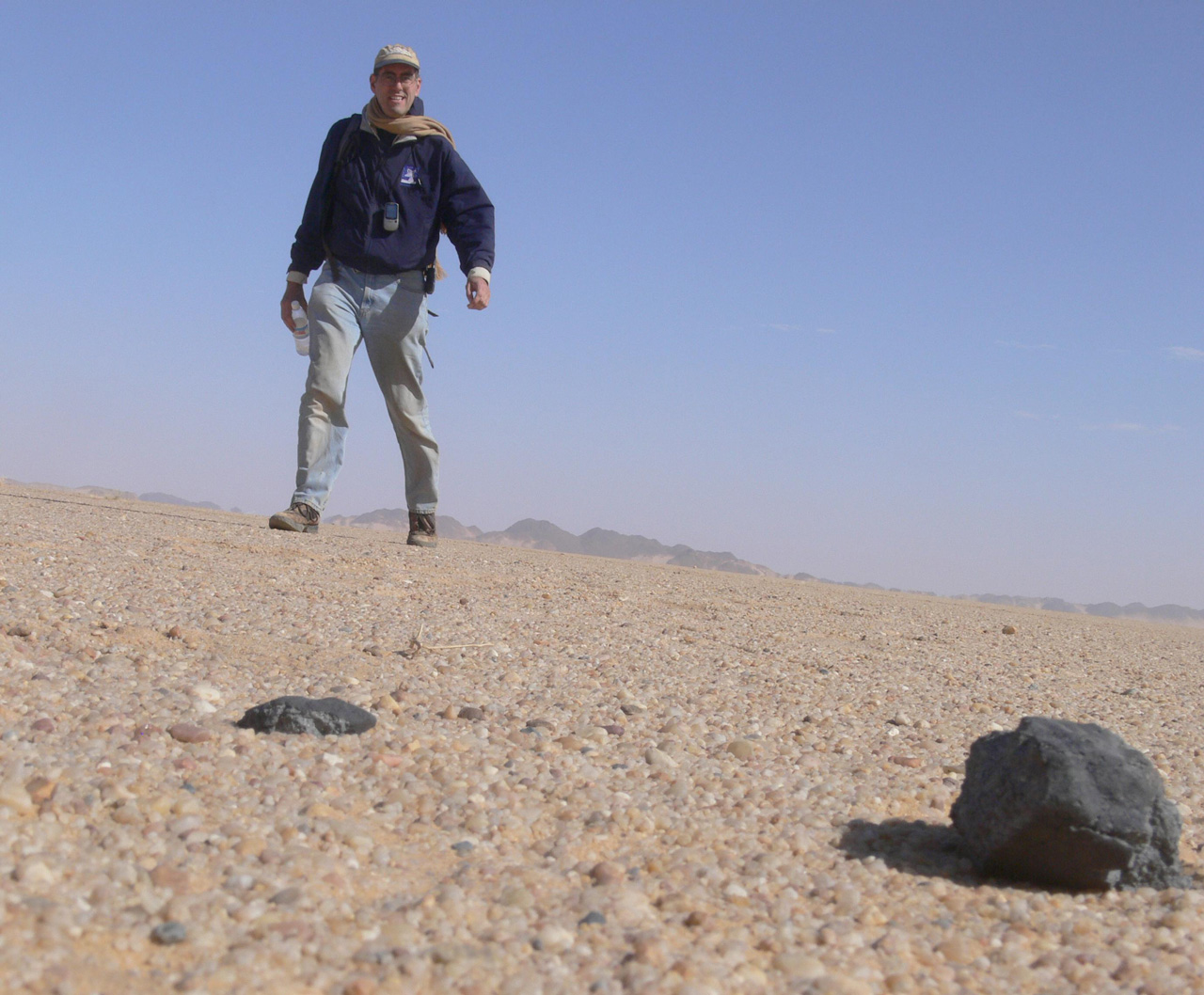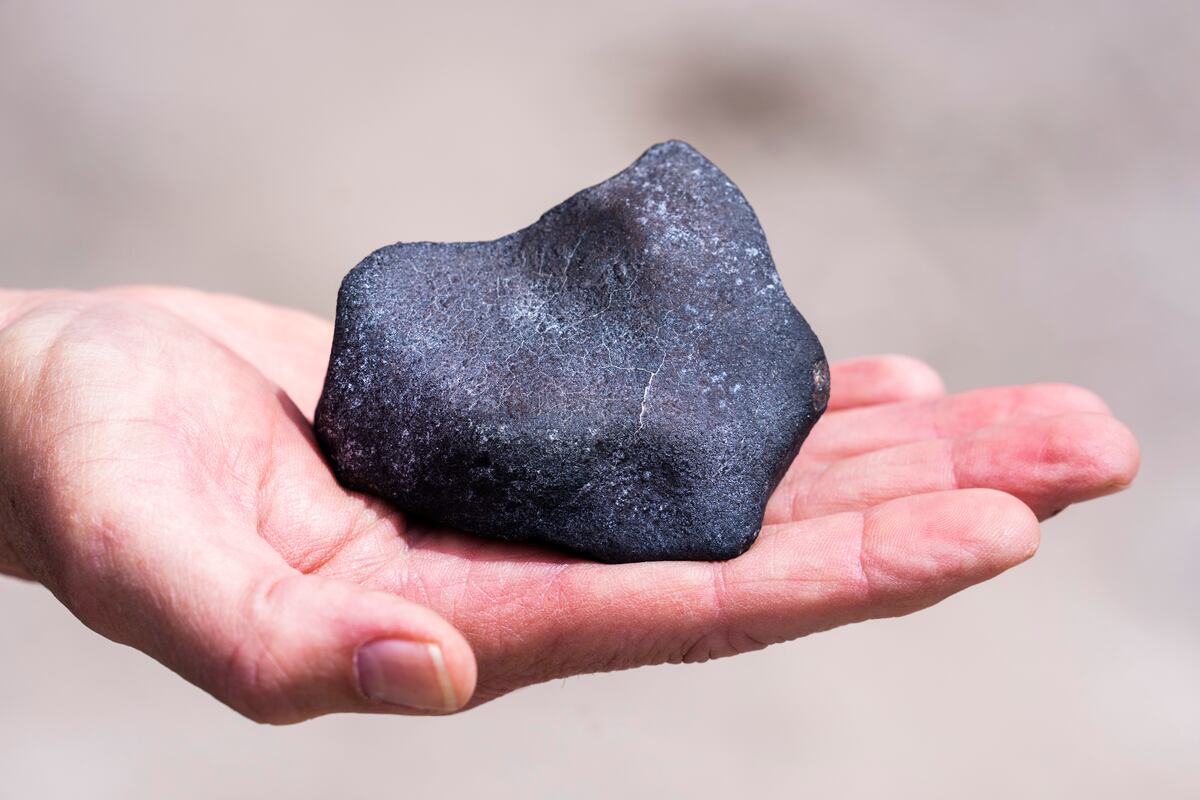After traveling more than 500 miles and searching for days, Mark Dayton finally unearthed what he says is — so far — the largest discovered piece of the meteor that flew over Salt Lake City on Aug. 13.

www.sltrib.com
It’s a race,” he said. “... Very few guys are telling each other any secret information, that’s for sure. They’re all out there trying to find a piece.”
So far, the results of the competition have come in quickly, and pieces of the meteorite are being found at a startling pace. “The takeaway message here is that this is an amazingly rare event,” Karner said, “because we recovered the rock just three days after it came to Earth.”
The fall over Salt Lake City was unique for a number of reasons, Dayton explained. The first rarity was the meteor flew over a major urban area like Utah’s capital, meaning there were numerous eye witnesses and even video recordings of the fiery ball shooting across the sky. It also happened during the daytime, so witnesses had a much better idea of where the meteor was headed.
First-hand accounts are important, since they give hunters the data needed to postulate a meteor’s trajectory.
Once they have the trajectory and approximate time of the fall, scientists and hunters use Doppler radar data, which is generally used to track precipitation, to make informed guesses about where chunks of the space rock landed.
Dayton said the scientific community has a particular interest in this sort of data, and during this hunt, they made it available to the public.
“They can see not only precipitation, water droplets with radar, but they can also see flocks of birds and airplanes, and they can see rocks falling from the sky,” he said. “And we’re able to slice through time, through milliseconds, and watch those rocks move. And we can kind of predict a path.”
And then the race is on.
“Basically, at that point, it’s a treasure map, right?” he said. “Because X marks the spot.”
Or spots. The hunt isn’t over, and it’s possible many more pieces of meteorite are strewn around the Great Salt Lake, still to be discovered.
Based on the number of calls he’s been receiving, Dayton thinks word will start spreading soon, and increasing numbers of people will join the hunt.







